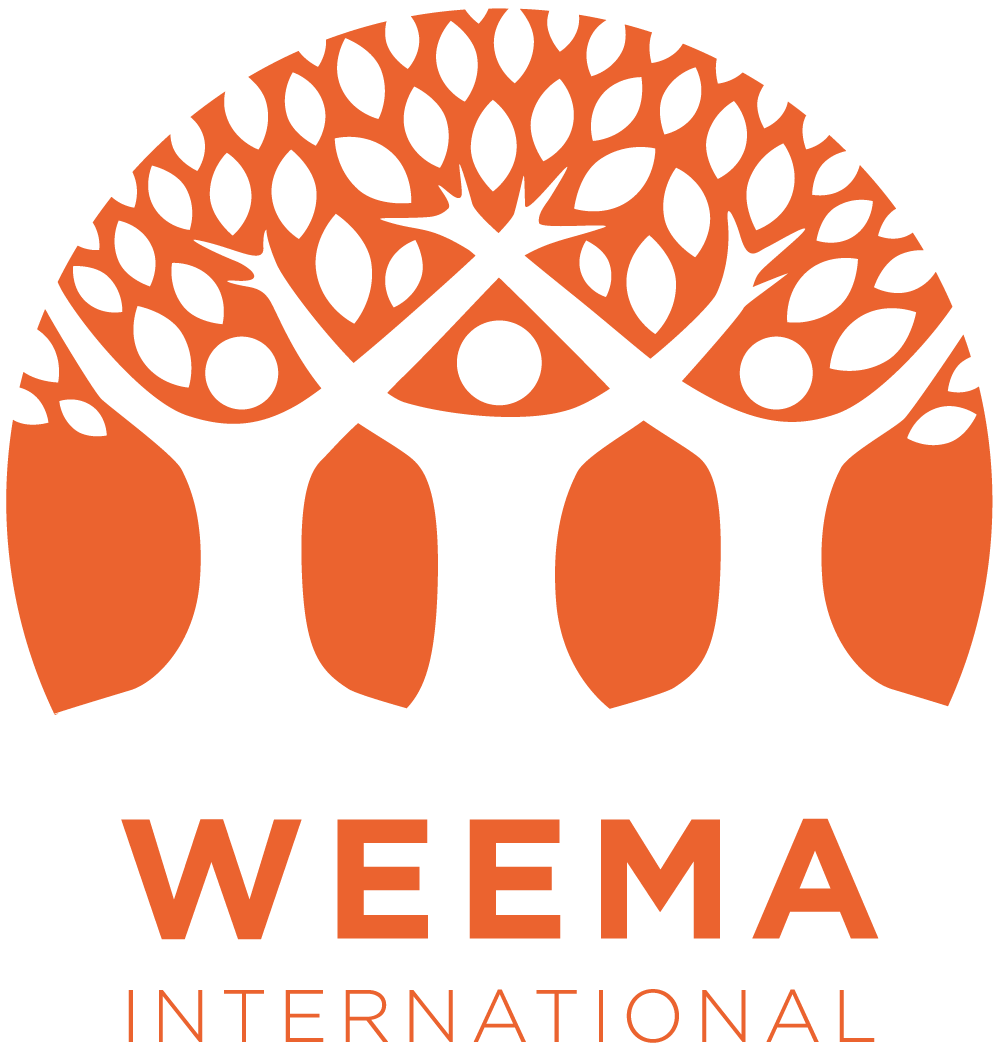Women’s Self Help Groups
THE ISSUE
Women in Ethiopia face enormous obstaclesincluding gender inequality, limited access to education and healthcare, poverty, and traditional gender norms that restrict their opportunities and decision-making power. Among the specific challeneges:
Gender Inequality: Ethiopian society is patriarchal, and gender discrimination is prevalent. Women often have limited access to resources, job opportunities, and decision-making processes.
Education: Girls' education is hindered by various factors, such as early marriage, household responsibilities, and cultural norms that prioritize boys' education. Many girls are unable to complete their education or are forced to drop out.
Health and Maternal Mortality: Women are often unable to access quality healthcare, especially in rural areas. Maternal mortality rates are high due to inadequate healthcare facilities, lack of skilled birth attendants, and limited awareness about reproductive health.
Poverty and Economic Empowerment: Women are disproportionately affected by poverty in Ethiopia. Limited access to credit, land, and productive resources restricts their economic opportunities and independence.
Violence and Harmful Practices: Gender-based violence, including domestic violence, sexual harassment, and female genital mutilation/cutting (FGM/C), continues to be a major concern. These practices have negative physical and psychological effects on women.
Self-help groups (SHGs) play an essential role in empowering women and addressing these challenges. SHGs are community-based organizations where women come together to support each other and improve their socio-economic status. Here's how they contribute:
Economic Empowerment: SHGs provide women with access to microfinance and savings opportunities, enabling them to start small businesses, generate income, and become financially independent.
Skill Development: SHGs offer training programs and workshops on various topics, including entrepreneurship, financial management, and vocational skills. These initiatives enhance women's capabilities and increase their employability.
Social Support: SHGs create a safe space for women to share their experiences, learn from each other, and provide emotional support. They also promote solidarity and sisterhood among members.
Awareness and Advocacy: SHGs raise awareness about women's rights, health, and gender-based violence, challenging harmful cultural norms. They advocate for policy changes and demand better access to education, healthcare, and legal protection for women.
Decision-making and Leadership: SHGs empower women by promoting their participation in decision-making processes- both within the group, at the community level and within their families. They help women build confidence and leadership skills.
In addition, SHGs can be organized into larger structures with registered legal status. Cluster level associations and federations are higher-level organizations that bring multiple SHGs together, creating platforms for collaboration, coordination, and collective decision-making among SHGs. Here's a brief explanation of each:
Cluster Level Associations: Cluster level associations are formed by SHGs operating within a specific geographic cluster or area. These associations are typically created to facilitate cooperation, knowledge sharing, and joint initiatives among SHGs in a particular locality. They provide a forum for SHGs to collectively address common challenges, share best practices, and advocate for their interests at the cluster level. Cluster level associations can promote solidarity, enhance the effectiveness of SHGs, and strengthen their impact by fostering collective action.
Federations: Federations are higher-level organizations that bring together multiple SHGs from different clusters or regions. They operate at a broader geographical scale, such as district, state, or national level. Federations serve as apex bodies or umbrella organizations for SHGs, providing a platform for networking, resource mobilization, and policy advocacy. They represent the interests of SHGs to external stakeholders, including government agencies, NGOs, and financial institutions. Federations often play a crucial role in accessing larger-scale funding, advocating for supportive policies, and facilitating the expansion and sustainability of SHG movements.
WEEMA’S COMMUNITY-LED INTERVENTION
WEEMA began implementing self-help groups in 2014, and we currently support nearly 250 SHGs with 5,000 participating women. The benefits have been far reaching. For example, in the village of Lalo, the SHG has purchased a dozen goats along with oxen, which they are selling for a profit. They are also launching a small business selling coffee, vegetables and ginger. In the village of Farsuma, eight SHGs pooled their resources to build a new kindergarten. This was a direct result of the women learning about other self-help groups building schools for their children.
WEEMA is actively supporting self-help groups organizing into cluster level associations and regional federations, thus creating “power in numbers.” WEEMA is a proud member of the Consortium of Self Help Group Approach Promoters (CoSAP) in Ethiopia.
WOMEN’S SELF HELP GROUP LOG FRAME
(What is a log frame? A logical framework, often referred to as a log frame, is a planning tool used in international development to design, implement, monitor, and evaluate projects. It establishes a coherent structure to identify and express the project's goals, objectives, activities, inputs, outputs, outcomes, and impacts, while also defining the indicators for measuring success and identifying potential risks and assumptions. This framework fosters accountability and ensures that projects are effectively addressing identified needs and expected results.)


